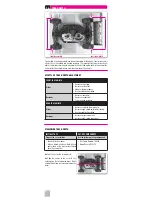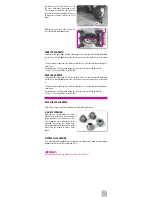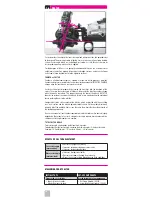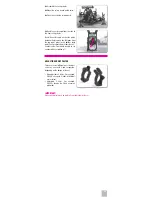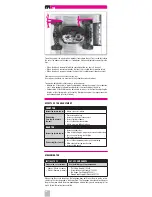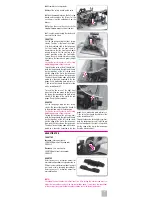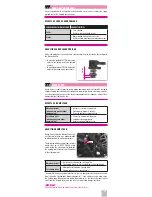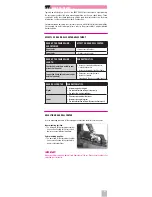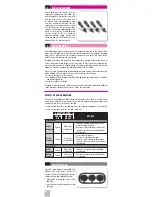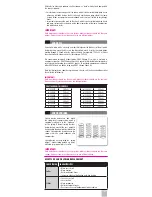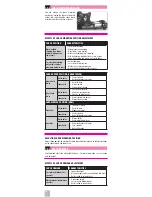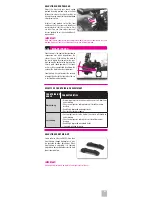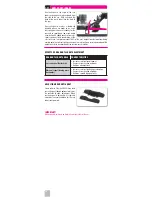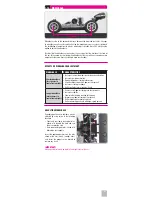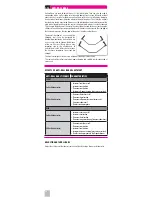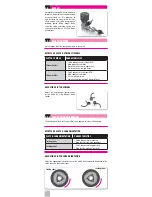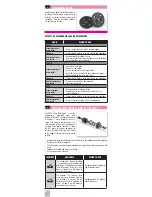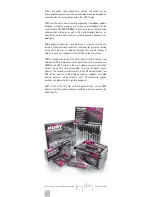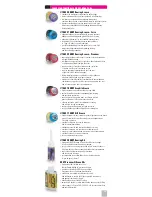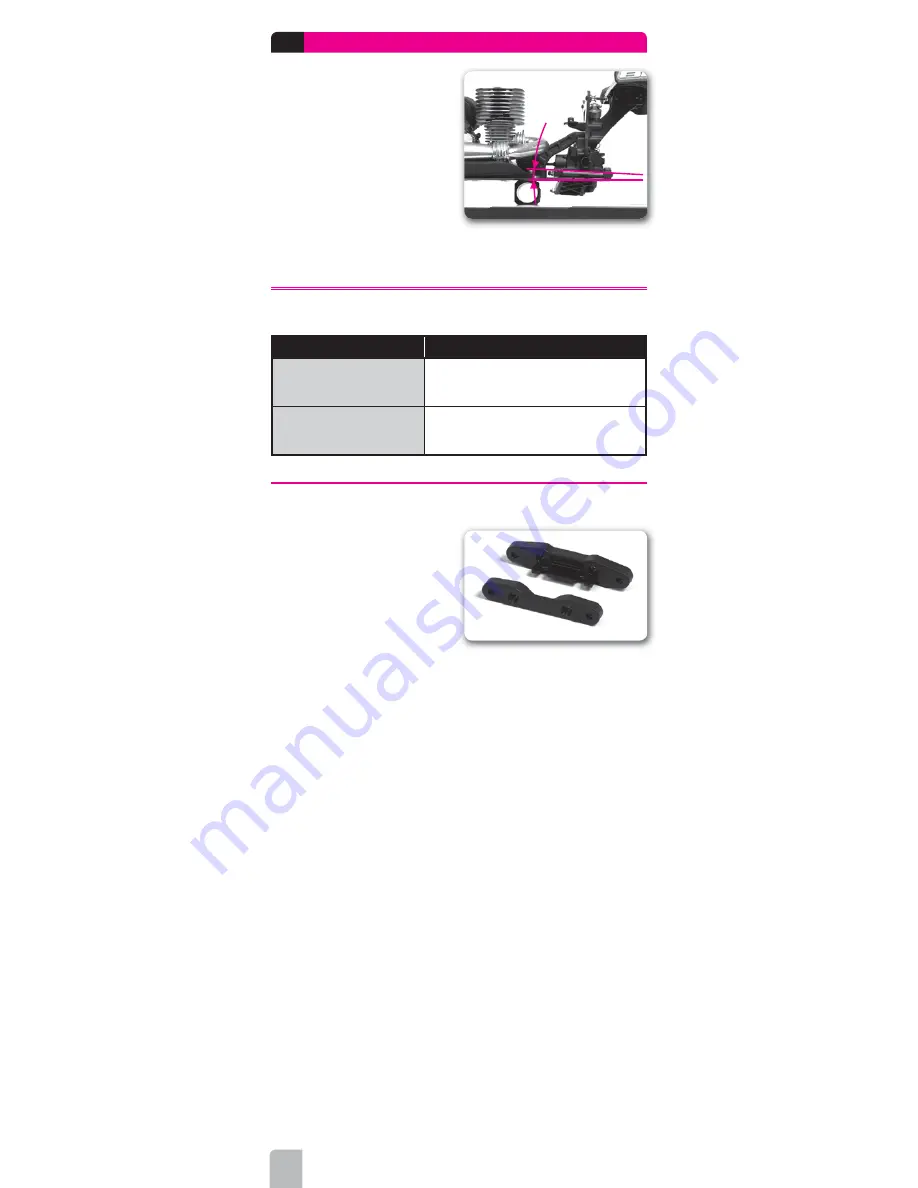
30
ANTI-SQUAT (REAR)
1.11
Rear anti-squat is the angle of the rear
lower suspension arm when viewed from
the side of the car. With anti-squat the
back of the arm is lower than the front of
the arm.
Rear anti-squat is used as a tuning aid
primarily when a car needs to run a soft
rear spring but also has a tendency for the
rear end to squat down too much under
acceleration. An added benefi t of rear anti-
squat is quicker initial acceleration at the
start of a race. In order to prevent 100% of the car’s weight transfer force from being
exerted onto the soft rear springs, anti-squat is used to allow a certain percentage of the
weight transfer to be absorbed by the rear lower arm motion.
EFFECTS OF REAR ANTI-SQUAT ADJUSTMENT
REAR ANTI-SQUAT ANGLE
CHARACTERISTICS
Less anti-squat (fl atter arm)
• Increases rear traction off-power
• Decreases rear traction on-power
• Better on a bumpy track
More anti-squat (leaning more
backwards)
• Increases rear traction during acceleration
• Decreases rear traction off-power
• Better on smooth high grip tracks
ADJUSTING REAR ANTI-SQUAT
Some vehicles (like the XB808) have fi xed
rear anti-squat, though optional parts may
be available to allow adjustment. When
rear anti-squat is adjustable, it is typically
adjusted via eccentric holders for the rear
lower inner pivot pin.
IMPORTANT!
Make equal adjustments on both left and right sides of the car.

